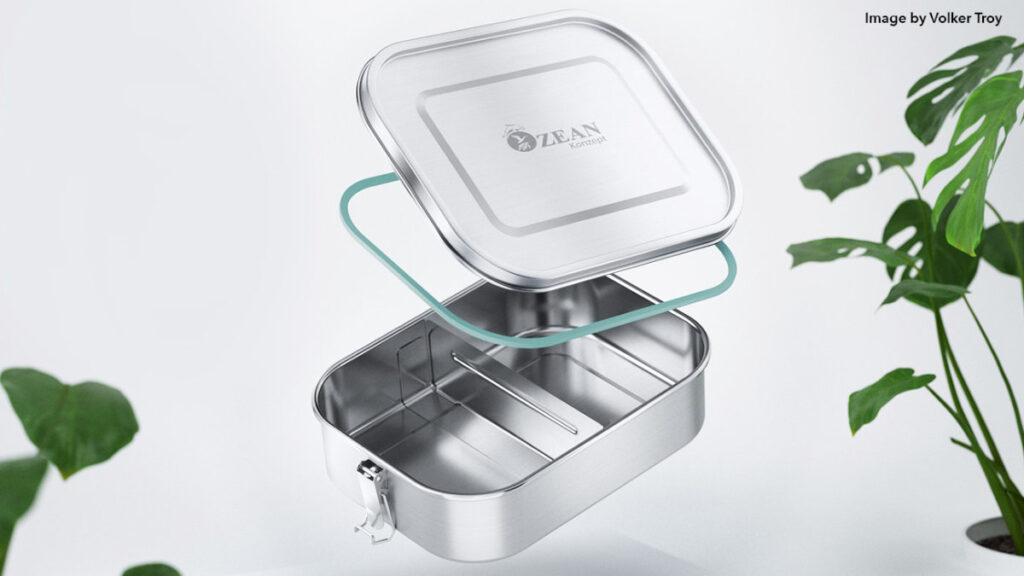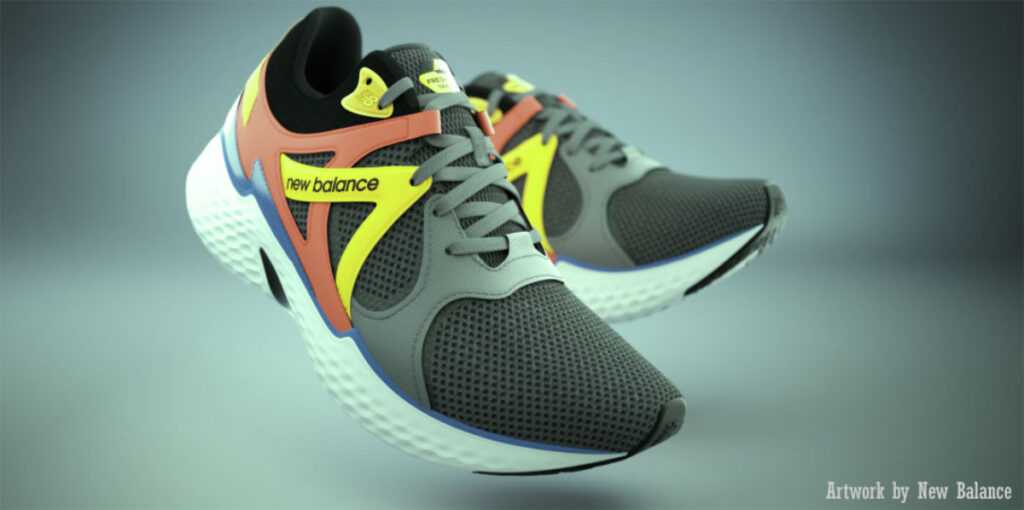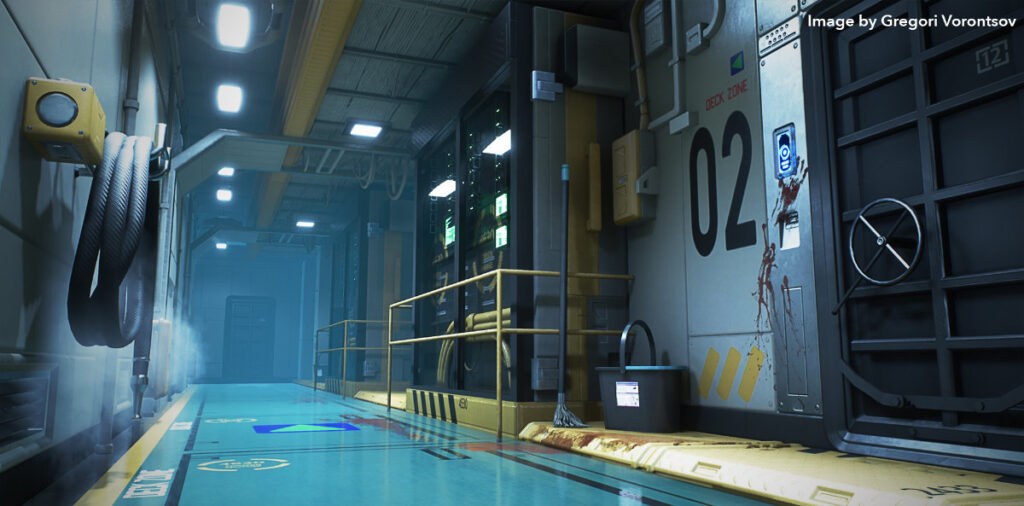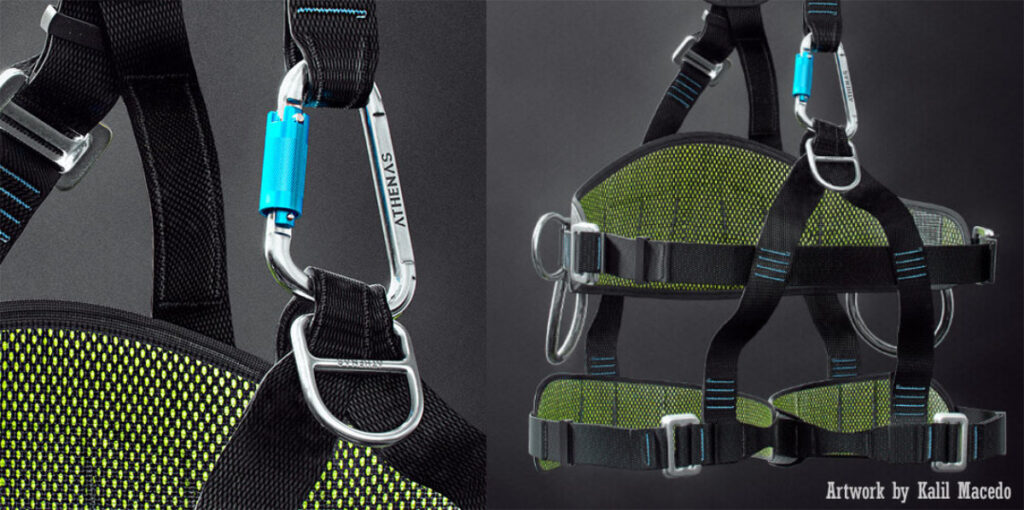Create smarter with Modo 16.0.
The Shader Tree has been re-envisioned to be easier to read and offer valuable new workflow capabilities. The new Wrap Effector offers a single, straightforward method to manipulate complex meshes intelligently and efficiently. Primitive Slice, the new Bridge MeshOp and Conditional Loops elevate modelling workflow in exciting new ways, and native Rhino 7 I/O emphasises Modo’s role in manufacturing-oriented asset creation.
Primitive Slice / Slice Effector Enhancements
Primitive Slice and the Slice Effector tools enable rapid creation and iteration of boolean modelling from curves and profiles. In 16.0, an array of enhancements has been added to extend the capabilities and interactivity of these tools to expand the freedom of design exploration that Modo’s modelling toolset is already renowned for.
Conditional Loop / Seam Marker
The Conditional Loop Tool builds on powerful existing selection capabilities by allowing artists to define and control how loops are selected. Create how you want, and quickly add conditions that define whether you want to allow loops to cross each other or specify an angle where you want loop selection to end.

Direct and Procedural Modelling
Users can rapidly create and manipulate geometry with a tremendous array of context-aware tools. New additions to the 16 series include the Bridge MeshOp, many enhancements to Slice Effector booleans and Primitive Slice.
MeshFusion Variable Strip Widths
MeshFusion makes it easy to produce detailed, hard surface meshes. Previously, it was easy to put MeshFusion in a state where the mesh can’t be drawn. The new Automated Variable Strip Widths adjusts the start or end values of a strip automatically to ensure that a mesh can be generated and visually notifies users where automatic adjustments have been made.
Bridge Tool MeshOp
The addition of the Bridge Tool MeshOp introduces an assortment of impressive modelling capabilities that give artists and designers greater flexibility when leveraging Modo’s exciting procedural modelling system.

Edge Subdivide MeshOp
Edge Subdivide, which inserts a vertex onto an edge, has been added to Modo’s procedural modelling system. This also integrates seamlessly with Modo’s schematic workflows, allowing for precise placement of any desired number of vertices along an edge.
Wrap Effector
Artists can easily tune how precisely a cage mesh deforms a target mesh, ensuring the desired result. The cage mesh can also exist inside or outside of the target mesh. Along with many performance refinements, the new Wrap Effector is a valuable and flexible addition to Modo 16.0.
Action Exporter
With Modo 16.0, actions can now be easily exported in bulk instead of having to export each action individually.

Texture Cache
Accurate materials require layers and layers of images and procedural textures that are often blended together. Texture Cache will automatically bake these textures down to a simplified stack, improving viewport performance, allowing for viewport display of procedural textures and dramatically simplifying the process of baking final textures. And all of this happens in the background while you are working, enabling you to focus on creating.
Shader Tree Enhancements
Modo’s Shader Tree offers a powerful and familiar stack-based approach to shading that can be leveraged in many unique ways. It has now been enhanced to offer visualization of blend modes and opacity. Groups now display a graphic to specifically describe how a group is masking its contents. The contents of a group can also now be automatically reorganised by effects.
Intel Denoiser Update
Render denoising allows artists to spend less time waiting for renders to complete. Modo’s legacy renderer and the new path tracer mPath both produce images very quickly but the vast majority of render time without denoising is spent refining those last bits of noise. With Intel’s latest updates to their denoiser, renders can be completed faster while preserving quality.

Auto Set Layer Effects
Materials are often a collection of many images and each image affects a specific material attribute. For instance, an image that defines the color of a surface or an image that defines how transparent a surface is. These images often include the effect as part of the name of the texture. Auto Set Layer Effects will look at the name of an image when it’s imported to automatically determine the effect it should be set to, eliminating the need for artists to set these effects manually.
Conditional Command
As an artist develops a workflow, the same set of actions are often repeated. Conditional commands in Modo 16.0 lets users define a condition that then automatically fires a command. For instance, maybe an artist notices that every time they go into vertex mode, they only ever use the vertex bevel tool. They could then use conditional commands to tell Modo “Every time I click on vertex mode, activate the vertex bevel tool for me.”
Ruler / Grid MeshOp
Reliable measurement tools are an important part of asset creation and also for creation of visualisations. The Ruler / Grid MeshOp makes this easy for artists to set up as part of Modo’s procedural modelling system.

Solo Snapping Mode
Modo’s snapping system is diverse and robust. Users can leverage snapping simultaneously to many different types of components and items. However, many times you just want to snap to 1 type of item and that requires turning off many items. Now users can use alt-click to select a single type of component to snap to and any other types will automatically be disabled.
Rhino 7 Support
Modo has supported native import and export of Rhino 5 .3DM files for many years. Rhino 7 contains many new capabilities that we are now supporting direct mapping for, including subdivision surfaces with creasing, curves, points/point clouds, and meshes in general.
Modo 16 is available now at CAD Software Direct .com

